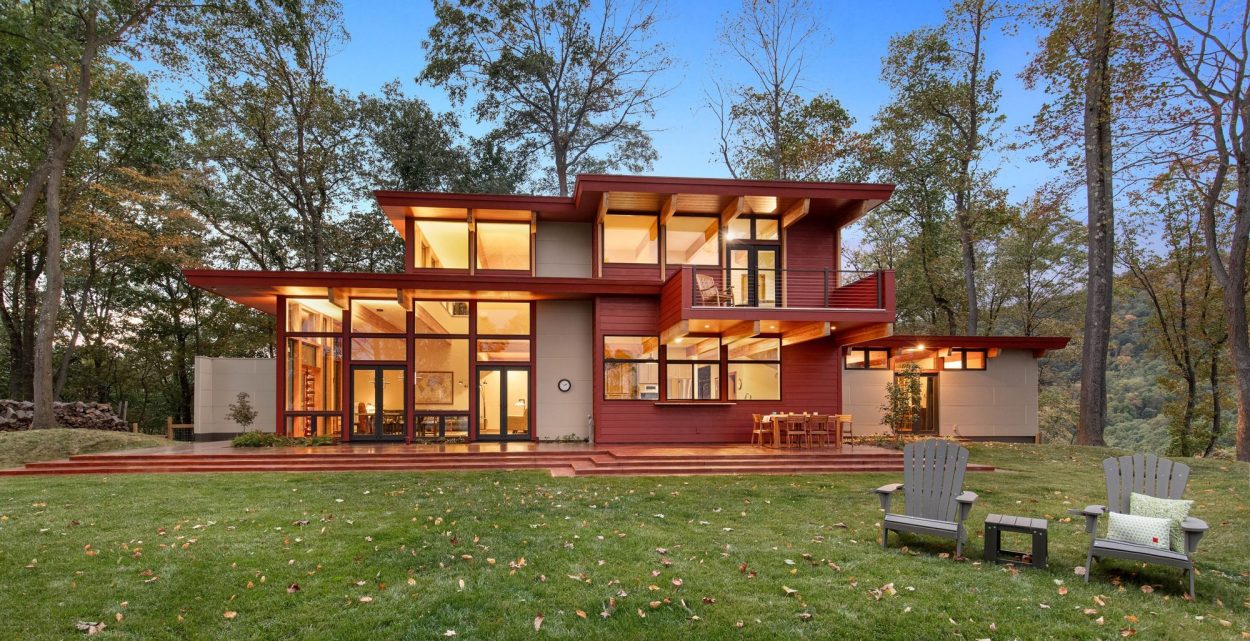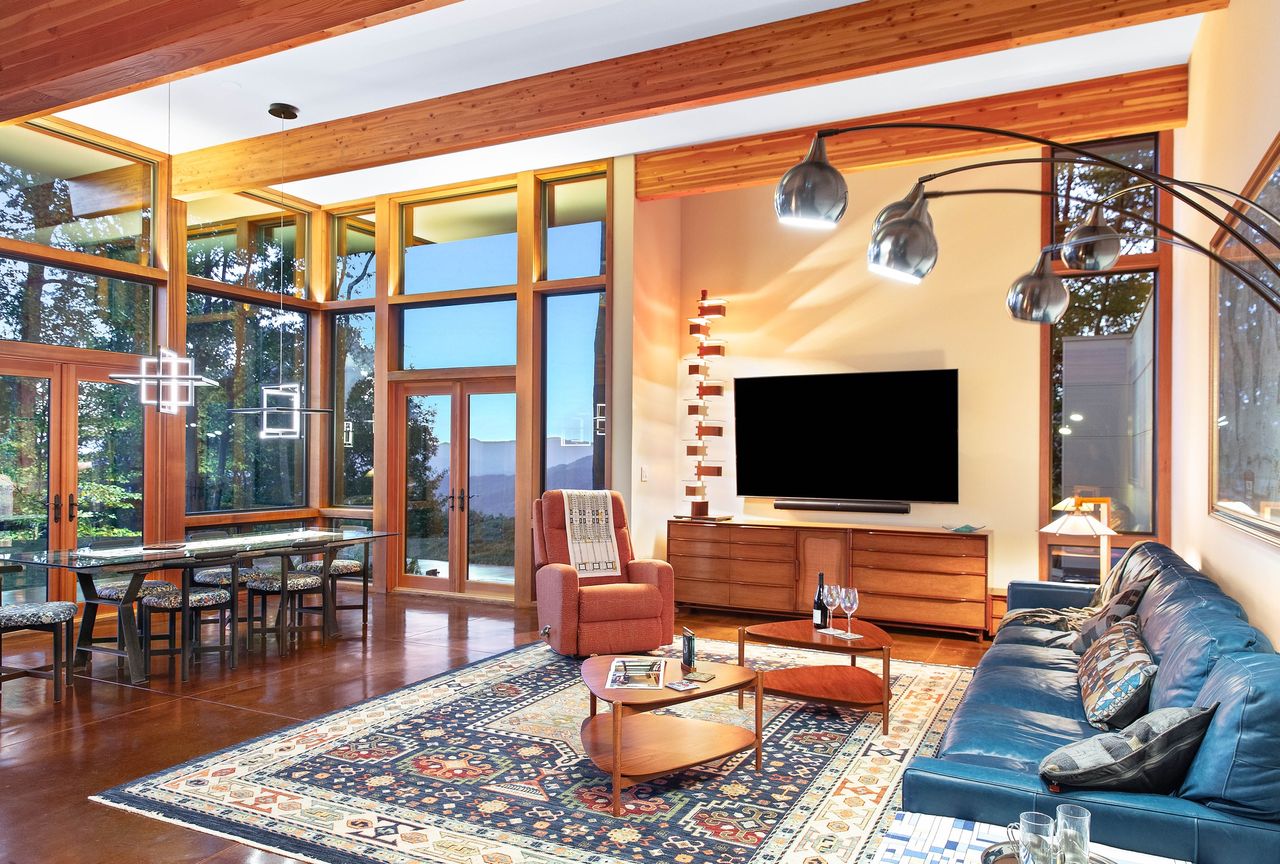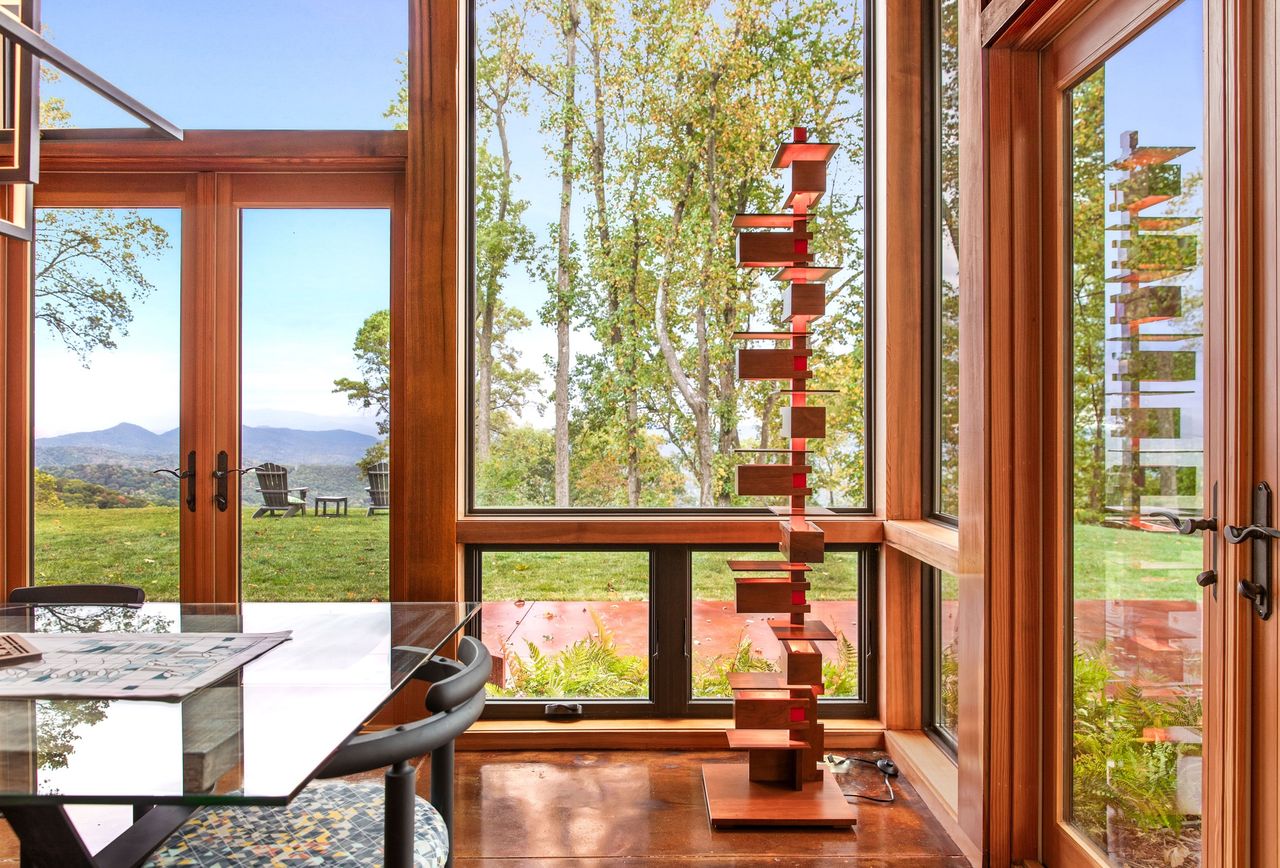The Download: In 1936, the writer Herbert Jacobs challenged Frank Lloyd Wright to design a high-quality house on a tight $5,000 budget ($111,000 today). Though he was accustomed to working primarily for wealthy patrons, the 69-year-old architect rose to the occasion and designed a modest, low-cost home that kickstarted a prolonged period of late-career innovation. His Usonian homes, referring to the term derived from “United States of North America,” responded directly to the landscape—they featured glass curtain walls, open-plan interiors, and natural materials like wood and stone. He’d go on to build more than 140 Usonian homes over his remaining two decades. They became prototypes for his utopian vision of Broadacre City and helped inform the ranch-style houses that populated postwar American suburbs.
Though Wright envisioned his Usonian houses with middle-class Americans in mind, owning one nowadays will cost you. That was until Lindal Cedar Homes started selling “kits” inspired by Wright’s designs. The Seattle-based company allows Wright-inspired houses to be built quickly, affordably ($300,000 for a single kit), and with minimal waste. Each of Lindal’s nine house models was designed by Aris Georges, a Wisconsin architect who studied and taught at the Frank Lloyd Wright School of Architecture and updated them to fit contemporary living standards. Ceiling heights, for example, were raised to nine-and-a-half feet—Wright preferred low-slung buildings—while interior grids were elongated, yielding more spacious interiors.


